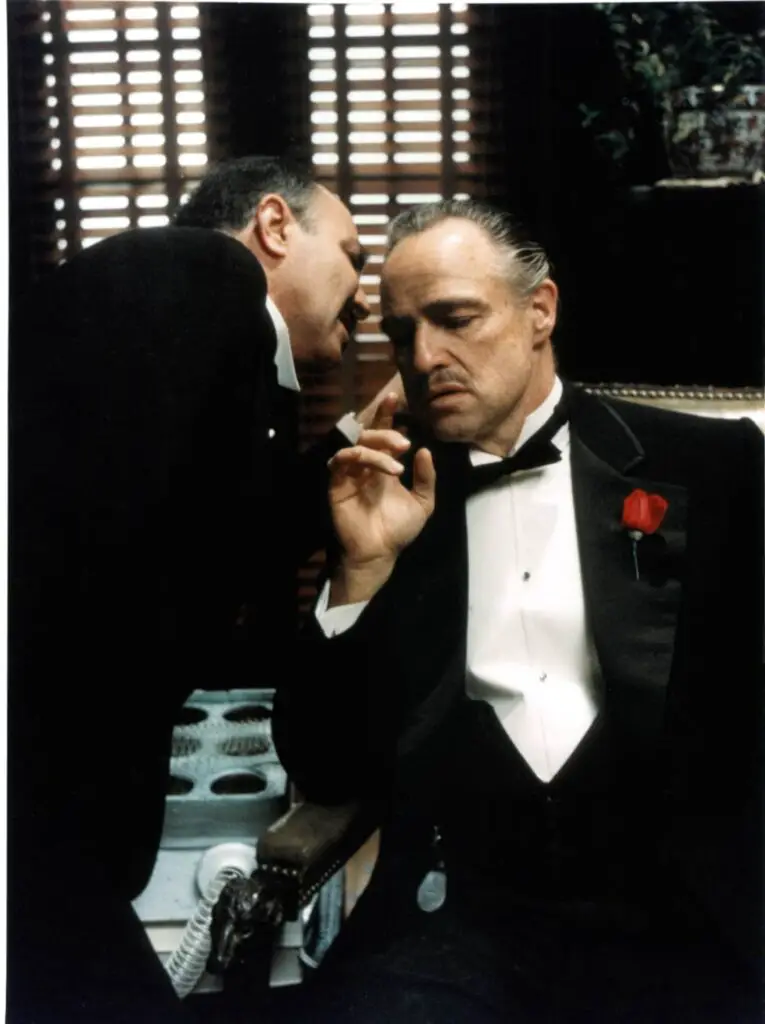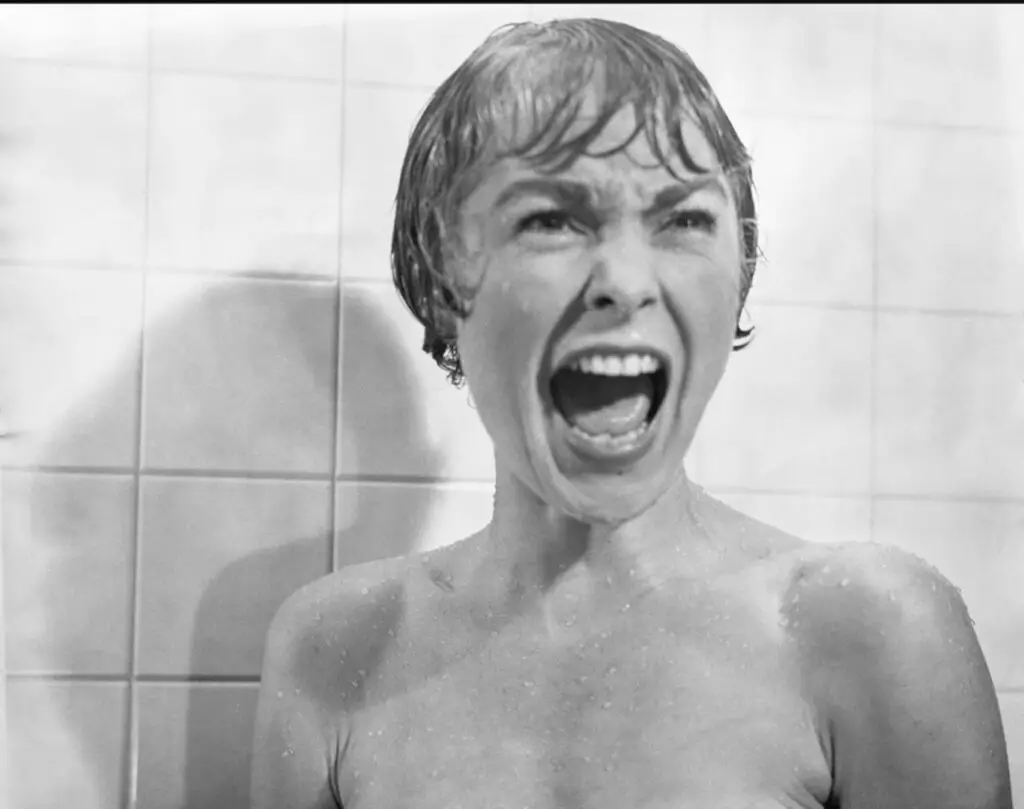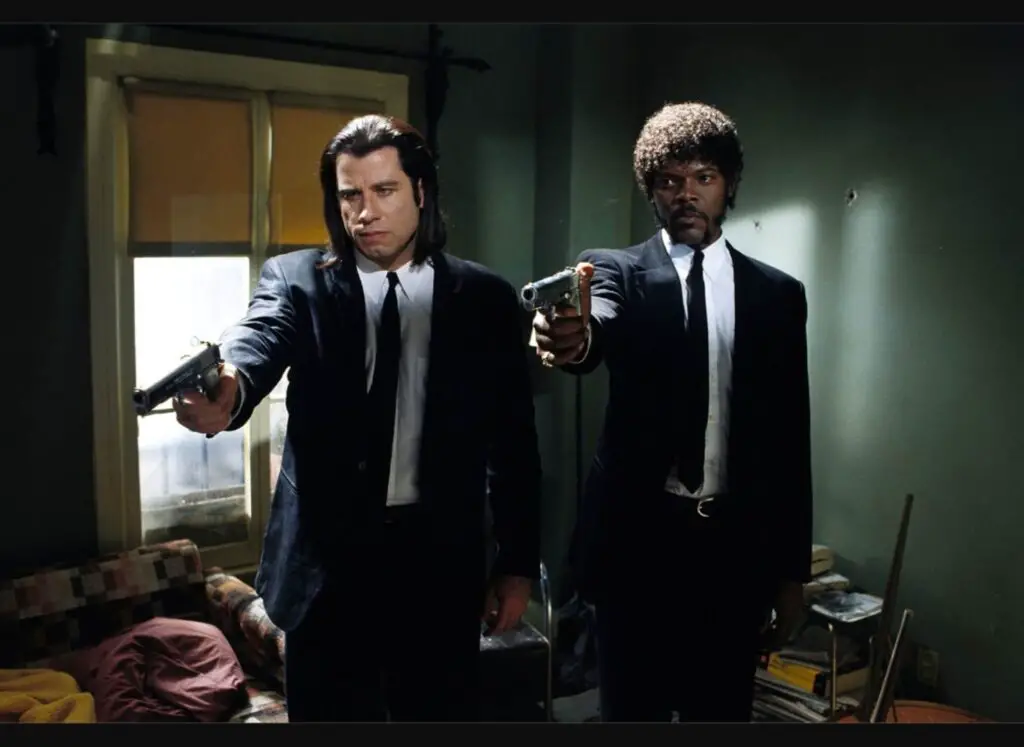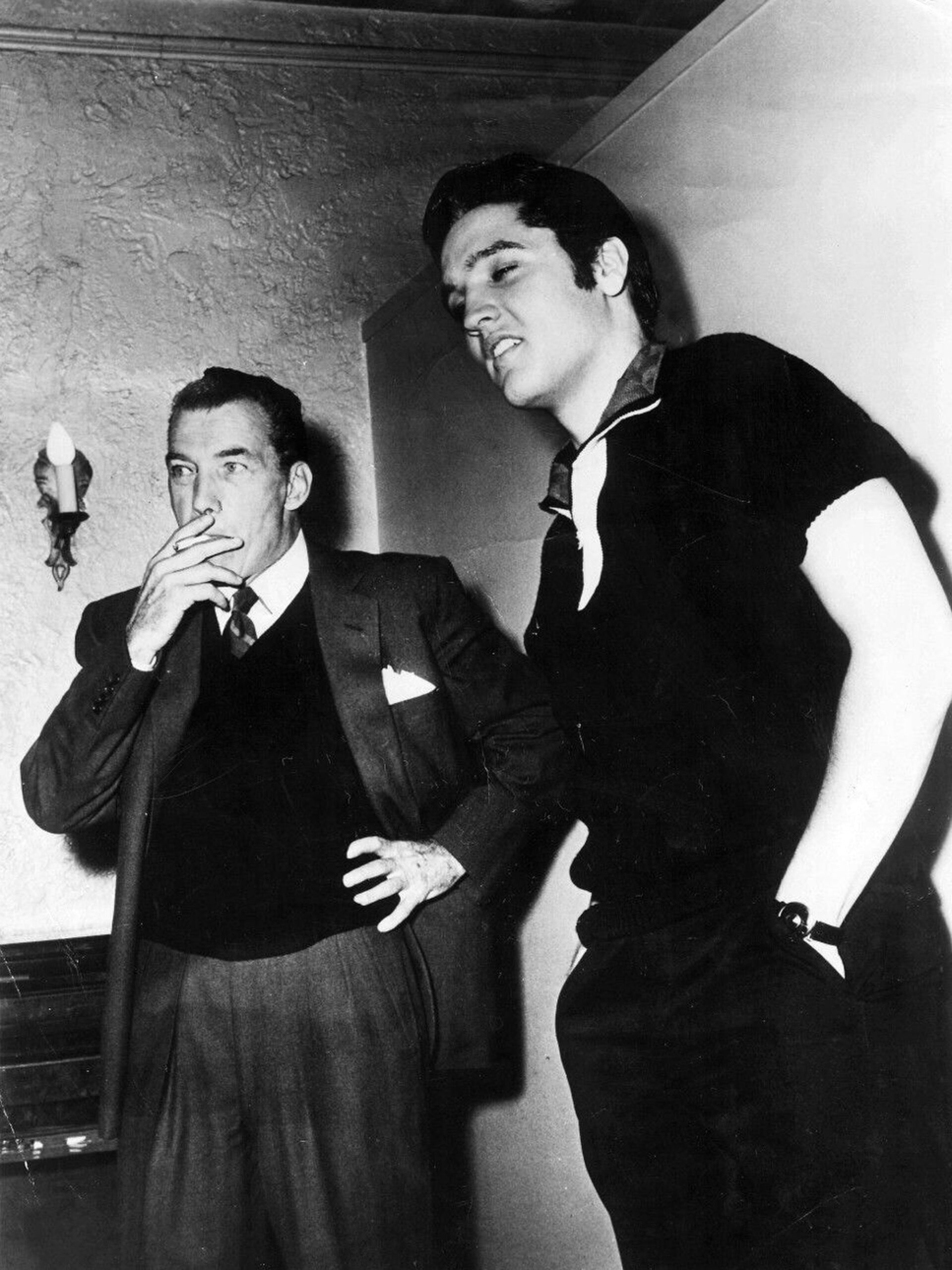
Cinema is a medium through which culture is created, societal norms are born, and forever implanted in the minds of the viewer. Some movies transcend their time frame, acting like a monument that changes the medium as well as broader cultural conversations. Let’s look below at ten seminal films that have given the cinematic world something unique.
1. “Citizen Kane” (1941)
The Citizen Kane of Orson Welles is said to be the greatest film ever made- well, that a status exactly says, a reference to his unparalleled revolution in filmmaking. This film was made by Welles at 25 years old, and behind that energetic viewpoint were some innovative boundaries which transcended the narrative structures and visual storytelling. The movie portrays the life story of Charles Foster Kane, media mogul, whose life is described through flashbacks following his death through the mysterious word “Rosebud.”
The innovative structure of the film’s narrative jumps forward and backward. Deep focus was used by Welles, which made everything that the shot reached so focused, layered, and complex. Many film directors have been inspired by the non-linear method of narration, using fresher camera angles and lighting schemes. In addition, “Citizen Kane” was the first to introduce the single, multi-dimensional flawed hero, who has influenced the typical character in filmmaking today. It leaves a mark not only in its techniques but also in how it let viewers think differently about narratives and character building.
2. “The Godfather” (1972)

Francis Ford Coppola’s “The Godfather” is a slice of cinematic art that changed the face of film lore in the gangster genre. The movie, an adaptation of Mario Puzo’s novel, tells the story of the Corleone family-they are an organized crime dynasty-and touches upon power, loyalty, and corruption. It is iconic because it combines three extremely rich elements: the intricate storyline, complex characters, and the hauntingly beautiful score by Nino Rota
Coppola’s direction and the film’s all-star cast, including Marlon Brando, Al Pacino, and James Caan, brought a depth and sophistication that gave the crime families new features. Influence can also be seen in the way the movie humanized its characters: it is not just portraying these as hardened criminals but persons who feel and are loyal to causes; the audience felt great compassion and sympathy for them through the moral dilemmas they were facing. In this regard, the Godfather can be termed as the film that revolutionized art and science of character development in films and one could see its legacy reflected through many films and series, mainly from crime and drama genres.
3. “Star Wars: A New Hope” (1977)
When “Star Wars: A New Hope” 1977 hit the screens, there was far more on offer than a movie; there was a phenomenon. George Lucas would reinvent what a blockbuster could be, with its critical special effects, engaging characters, and good versus evil tale. This paved the way for the modern franchise model, where movies that are no longer standalone but part of something greater-made up a sort of galaxy “prequels, sequels, and spin-offs” complete much of the story.
Star Wars remains an influence that cannot be measured in relation to the science fiction genre and popular culture. It fuelled the “hero’s journey,” a narrative arc where the character transforms from an unassuming person to a heroic persona by undergoing trials and tribulations. The special effects, as created through Industrial Light & Magic, set a precedent for visual storytelling so that, on the screen, impossibility was possible. Finally, John Williams’s magnum opus soundscape became the model for how music can intensify the emotional and dramatic power of a movie.
4. “Psycho” (1960)

Alfred Hitchcock’s “Psycho” is horror film mastery; it is a picture that totally altered the genre. The Marion Crane story-a secretary embezzles and flees to the Bates Motel, where there lives the mysterious Norman Bates- shocks the audiences by its many twists of psychology. The murder scene in the shower, during which Marion is brutally killed, is one of the most memorable in movie history.
Many cinematic conventions were broken: the main character was killed off halfway through, a daring act of the plot that shocked audiences. More importantly, it gave birth to what would come to be known as “psychological horror,” which delves into darker aspects of the human mind without any aid from supernatural means. Bernard Herrmann’s score, so effectively composed of screeching violins, added considerably to the tension and fear the film created, and can be seen as part of its success. The power of “Psycho” permeates hundreds of horror movies which borrowed from it and applied suspense, elaborate themes of psychologically disturbed characters to their own stories.
5. “Schindler’s List” (1993)
Steven Spielberg’s “Schindler’s List” is more than just another movie; it’s doubly painful illustration of one of the darkest chapters in human history. The film is based on the true story of Oskar Schindler, German industrialist who employed over a thousand Jews and saved them during the Holocaust of World War II. Shot in black and white, the movie has a stark documentary-type look which complements its emotional impact.
The significance of Schindler’s List, then, is the unflinching portrayal of the horrors of the Holocaust, drawing the atrocities of World War II to a mass audience in a way that few films have done before. Powerful performances, especially from Liam Neeson in the role of Schindler and Ralph Fiennes as the brutal Nazi officer Amon Goeth, combined with Spielberg’s masterful direction, helped make the film both a work of art and an educational necessity. The ability of this film to make history personal makes the suffering that the victims of the Holocaust endured almost unforgettable.
The significance of Schindler’s List, then, is the unflinching portrayal of the horrors of the Holocaust, drawing the atrocities of World War II to a mass audience in a way that few films have done before. Powerful performances, especially from Liam Neeson in the role of Schindler and Ralph Fiennes as the brutal Nazi officer Amon Goeth, combined with Spielberg’s masterful direction, helped make the film both a work of art and an educational necessity. The ability of this film to make history personal makes the suffering that the victims of the Holocaust endured almost unforgettable.
6. “Pulp Fiction” (1994)

Quentin Tarantino’s Pulp Fiction represents the very essence of postmodern cinema: that film which would break all rules and invent a new language of storytelling altogether. The movie is also one of interconnected stories that have been placed out of chronological order, and snappy, spiky dialogue mingles with an eclectic sound track in a style that has become iconic in its own right.
Pulp Fiction revived the interest in independent cinema, proving to audiences that a film could be both critically successful and commercially possible without being stereotypically grounded in Hollywood. Tarantino’s use of pop culture references and its non-linear storyline along with dark humor set up a new form of filmmaking emulated through many filmmakers. Most notably, it was its dialogue that most affected the level of social consciousness. It is one of those movies whose influence, arguably, created an entire subsidiary genre of hero characters speaking like this in film scripts from the late 1990s. Additionally, how pop culture references have been implemented became such a standard that it may seem innovative, but it wasn’t until this film where they were interwoven so elegantly into storytelling to change the entire process of movie composition.
7. “2001: A Space Odyssey” (1968)
Stanley Kubrick’s 2001: A Space Odyssey is more than a science fiction film; it is a philosophical definition of where humanity fits into the universe. The plot of the film that takes place through from the emergence of man until a future space exploration is characterized by stunning visuals, minimal dialogue, and an enigmatic mystery monolith that represents some unknown, even higher power.
Legacy lay in the groundbreaking effects, years before their time, and in its ability to raise deep, existential questions without answering them easily. The use of classical music, particularly Richard Strauss’s “Also sprach Zarathustra”, became so closely associated with the monumental scope of the story that it’s hard not to think of those films without the accompaniment of this soaring, majestic music. But the extent to which science fiction films have changed through 2001: A Space Odyssey is matched only by the way in which filmmakers have changed toward an attitude of the medium as a vehicle for the examination of profound, abstract ideas.
8. “The Wizard of Oz” (1939)
Perhaps the most treasured film of all is Victor Fleming’s The Wizard of Oz, which is a technicolor marvel that captivated audiences through generations. Dorothy’s journey to the magical land of Oz, where she meets memorable characters such as the Scarecrow, the Tin Man, and the Cowardly Lion, has by now become a cultural touchstone, its themes of friendship and courage and the quest for home tugging at the heartstrings and imagination of moviegoers everywhere.
The effects in film are so vivid as the film becomes the first use of Technicolor, which gave life to the colorful world of Oz in ways never before seen on the screen. Its songs, particularly “Over the Rainbow,” have become classics in and of themselves. The Wizard of Oz also set standards in fantasy films, inspiring generations of other films, television, and even fashions. But with the tremendous interest spanning generations, it will stand the test of time because the image it conveys is beautiful in its timelessness.
9. “The Shawshank Redemption” (1994)

Frank Darabont’s work in The Shawshank Redemption represents a perfect example of a movie that, years after its release, became a favorite among film enthusiasts. Based on a Stephen King novella, the movie tells the story of Andy Dufresne, a man wrongfully imprisoned for murder, and his friendship with fellow inmate Red. The themes of hope, resilience, and redemption that have resonated with audiences everywhere explain why this film tops so many ‘greatest films ever made’ lists.
It managed to allow a very human story to be told in the most inopportune settings-the Shawshank Redemption is an iconic movie for this reason. Telling a story as relatable and human about the prison system, the human spirit, and especially the powerful performances of Tim Robbins and Morgan Freeman makes this film one of the greatest of all time. Though not a commercial success at the time of release, word of mouth, critical acclaim, and its popularity within the home video and television markets eventually assisted “Avatar” in becoming successful.
10. “Avatar” (2009)
James Cameron’s Avatar will forever change the look of the film industry going forward in terms of its bounds in 3D filmmaking and special effects. The movie is about an alien world based on Pandora, with a paraplegic Marine who joins the indigenous Na’vi. Such themes of environmentalism, imperialism, or how everything in life is connected found broad resonance among numerous audiences throughout the globe, and this has elevated Avatar as the highest-grossing film in all time history on its release.
Avatar’s most important legacy may well be its technological accomplishments. As he had spent years refining the technology needed to realize his vision, specifically motion capture and 3D effects, the film’s world and special effects offered an aspect in filmmaking that no other human had ever experienced. Many more 3D movies were to come. Finally, Avatar demonstrates that film is a suitable medium in which significant social and environmental concerns can be responsibly addressed within a popular culture context.
Secondly, the success of Avatar brought it home that international markets are slowly but surely becoming prominent in the film industry since most profits were made outside America. The global appeal of the film presented a potentiality of blockbuster productions cut across cultures: an issue that has since become the hallmark of Hollywood’s approach to filmmaking.
In a nutshell, each of these ten iconic movies significantly contributed to the evolution of cinema. Beginning from the story telling innovations of Citizen Kane to the technology employed in Avatar, these movies entertained the world but made an impact in the generations of filmmakers. They raise the bar to what is possible in the cinematic arts but also commercially, and their legacy can still be felt both within and outside the world of cinema. Each of these films stands as a high-water mark in the history of cinema, leaving an indelible mark on the cultural landscape and proving, in the process, that, when it is at its best, cinema is both a potent art form and an incredibly effective tool of communication.


